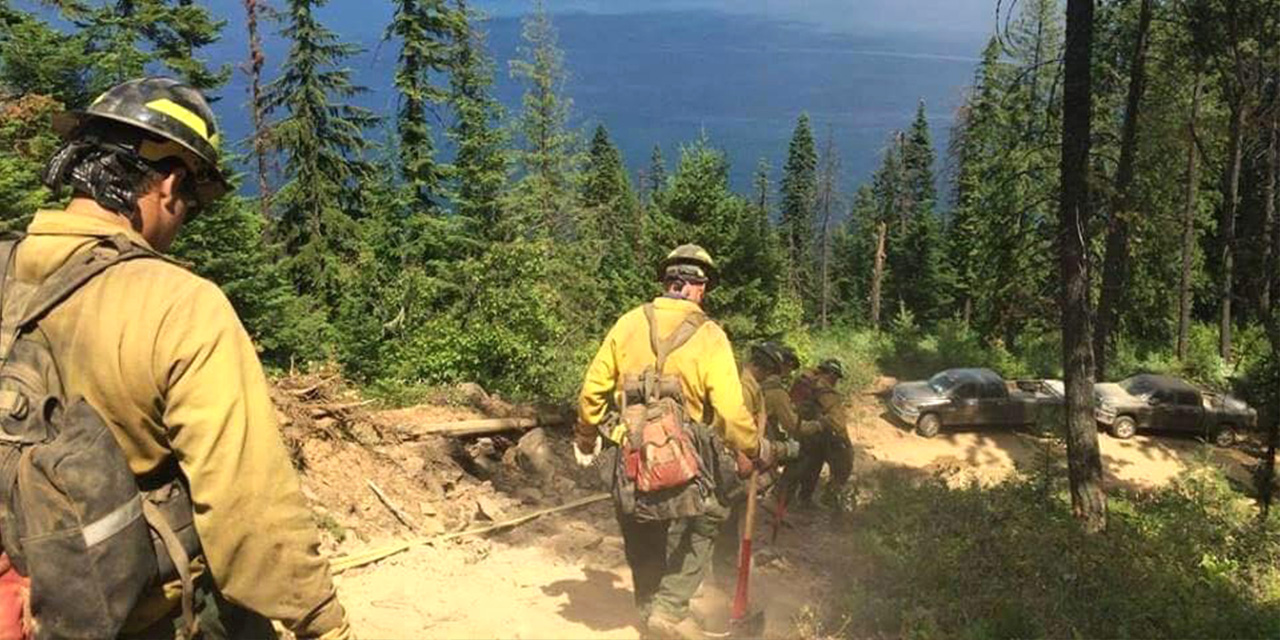Below are answers to some of the most often asked questions about working as part of the ASI firefighting team. If you don’t find the answers to your questions here, please give our office a call at 503.838.1006 or send us a message using the online contact form.
Frequently Asked Questions
What does it take to become an ASI firefighter?
You must be hardworking, dependable, and committed. Willing to work as a team with your crew members. Able to work long and difficult hours in difficult or extreme situations at times. Being in good physical condition is a must. And you must be willing to travel and be away from home and family.
How long is the training to become a wildland firefighter?
The Entry-level fire fighter class (S130/190) is a 40 hour course taking place over a 5 day period. In addition you must pass the Work Capacity fire fighter fitness test . You must complete both before you can be issued your red card.
What does it cost to become an ASI firefighter?
There is no cost for the above-mentioned class. Your training is free.
When does fire season generally start?
Fire season is always highly unpredictable as it all depends on the general moisture content, and what the weather patterns are that year.
How long does fire season usually last?
It can start as early as May and end as late as November.
What form of personal identification will I need?
You will be required to provide two forms of government issued ID such as Drivers License, Social security card, and passports. All of these are acceptable as government issued ID.
What will I need to take?
ASI Arden Solutions Inc will provide you with all of the personal protective equipment that is required, which includes two sets of Nomex fire resistant shirts and pants, a hard-hat, safety glasses, a new generation fire shelter, head lamp, gloves, and fire pack. A list of personal recommended items will be given out and discussed at our new firefighter orientation.
What type of boots will I need?
Boots must be leather work boots 8″ in high, Vibram Soles, non-steel toe. If possible, you’ll want to break them in before the season starts to prevent blisters and any kind of foot pain.
